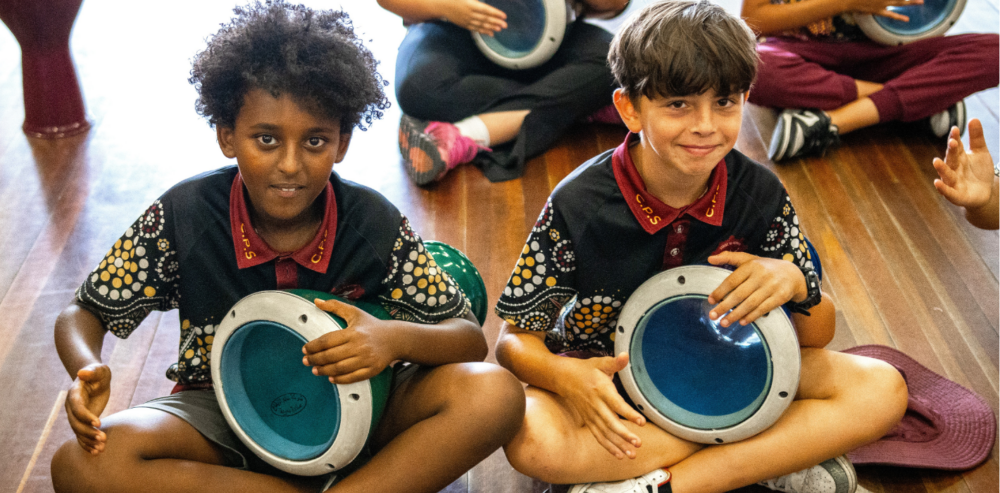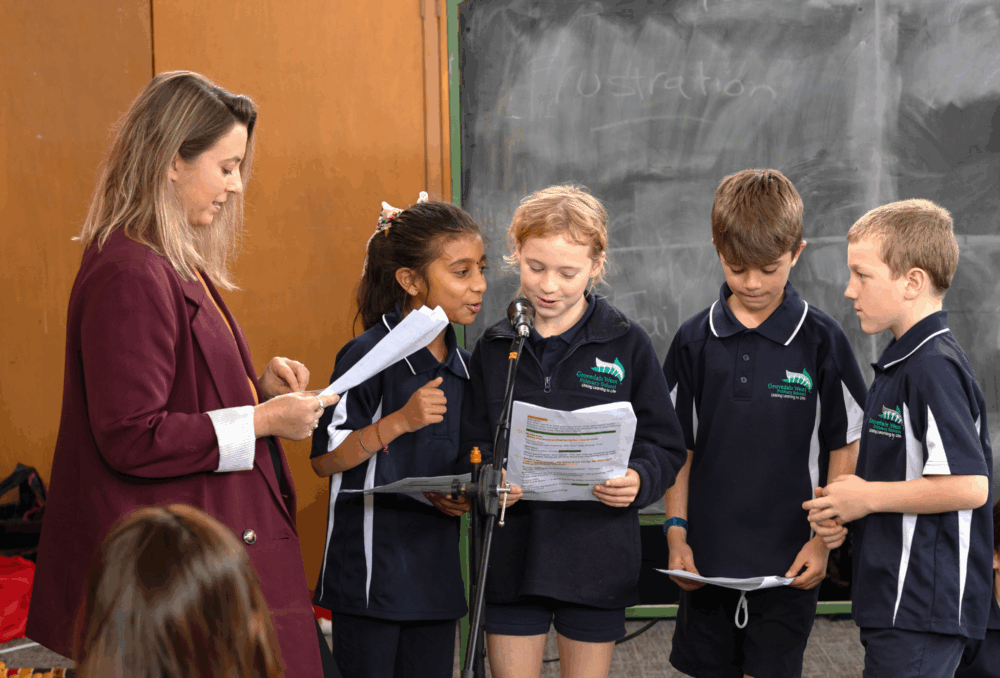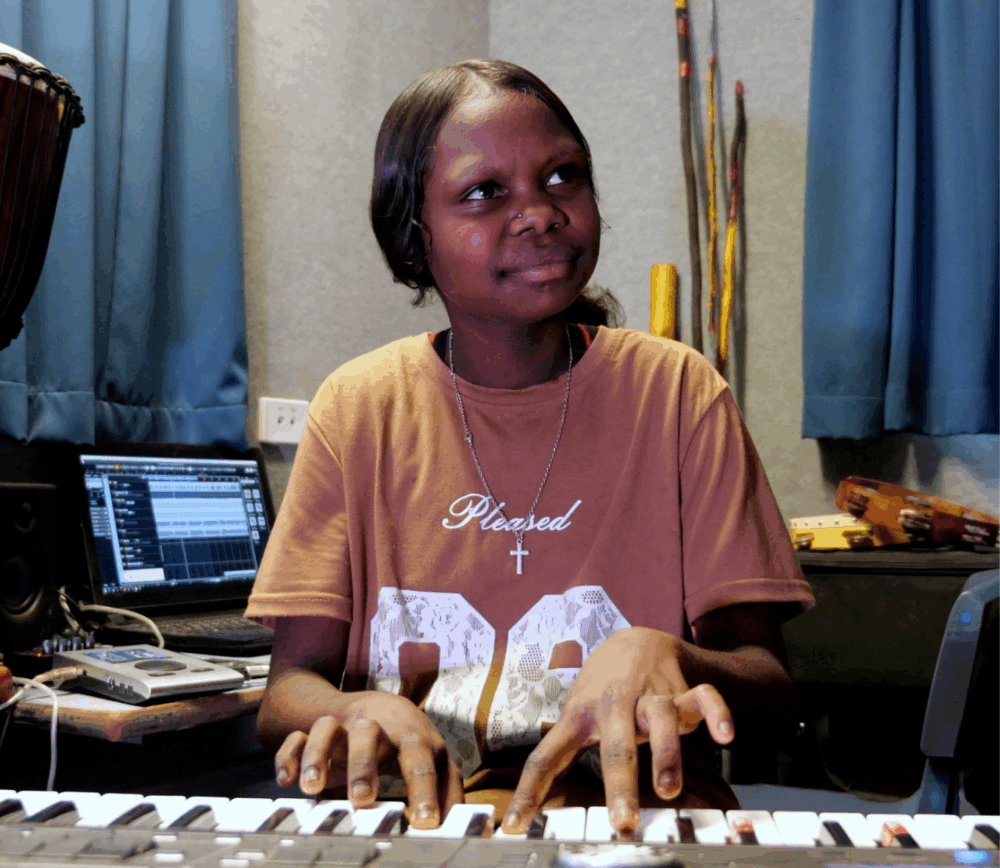Beyond Chalk and Talk: Rethinking Explicit Teaching in VTLM 2.0
Beyond Chalk and Talk: Rethinking Explicit Teaching in VTLM 2.0
As Victoria’s educators continue to embed the Victorian Teaching and Learning Model 2.0 (VTLM 2.0) into daily classroom practice, there’s a renewed focus on Explicit Teaching – a term that’s widely used but often misunderstood. At first glance, some might assume it’s synonymous with Direct Instruction, a more traditional, teacher-led chalk and talk approach.
However, at The Song Room we are here to set the record straight and make a clear distinction between these two pedagogical practices.

From Evidence to Practice: The Heart of VTLM 2.0
Developed in collaboration with the Australian Education Research Organisation (AERO), VTLM 2.0 represents a contemporary, evidence-informed framework to support high-quality teaching across Victorian State Schools. It’s grounded in how students truly learn: through focused attention, knowledge building, cognitive consolidation, and meaningful application.
To support this, VTLM 2.0 identifies four key elements of teaching: Planning, Enabling Learning, Explicit Teaching, and Supported Application.
It’s here – particularly in the third element – that we’re invited to pause and reflect on our assumptions about what great teaching looks like.
So, What Is Explicit Teaching?
In VTLM 2.0, Explicit Teaching refers to a suite of practices that manage cognitive load while clearly guiding students through the learning process. It begins by:
- Activating prior knowledge
- Clearly stating learning goals
- Demonstrating processes or concepts (e.g., using “I do, we do, you do”)
- Scaffolding learning
- Using regular checks for understanding
- Providing ongoing feedback
It’s a highly interactive process—not a monologue. Students are active participants, constantly building, rehearsing, and applying new knowledge with support that fades over time.
And What About Direct Instruction?
Direct instruction, in contrast, typically describes a tightly scripted, uniform approach to teaching where the teacher leads every stage, often limiting student input. It’s been effective in certain intervention models, especially for foundational skills, but it offers less flexibility to respond to the dynamic needs of learners. It’s usually one-way, less responsive, and can struggle to promote deep conceptual understanding.
Why the Difference Matters
Understanding the nuance between these two is more than a terminology tweak—it’s about shifting mindsets. Where direct instruction can become rigid and passive, explicit teaching empowers teachers to adapt, assess, and engage, while still providing clarity and structure.
In short:
Direct instruction: “I talk. You listen. We move on.”
Explicit teaching: “Let’s uncover this together. I’ll guide you, you’ll try it, and we’ll keep checking in.”
In today’s classrooms, especially within VTLM 2.0, the emphasis is on teacher-led but student-centered learning.

What does this mean for the Music Classroom?
Explicit teaching, as promoted by VTLM 2.0, enhances music education by providing structure, clarity, and intentionality. It supports teachers to be reflective and responsive, not prescriptive, and shifts the focus from performance to partnership in learning.
Key impacts in the music classroom include:
- Clear learning objectives – Students understand the purpose behind each musical task.
- Modelling and scaffolding – Teachers demonstrate and guide students through musical concepts step by step.
- High participation and feedback – Interactive strategies like call-and-response and group performance foster engagement and real-time learning.
- Building musical memory – Repetition and recall help students internalise key skills and knowledge.
- Empowering student agency – Transparent teaching processes encourage self-reflection and ownership of learning.
Ultimately, explicit teaching lays the foundation for creativity, enabling students to explore, improvise, and compose with confidence. At The Song Room we have been providing professional learning and mentoring support to primary music teachers to assist in the roll-out of VTLM2.0 for the 2028 school year.
Here’s a sample lesson that clearly demonstrates the principles of explicit teaching under VTLM 2.0
Related Content
-
11 December 2025
Thank you for helping to keep the beat in 2025
-
21 November 2025
Bulman School Music Program Featured in New Idea








